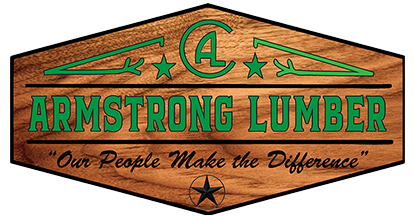Things You Need To Know Before Shopping for Lumber
If you're planning on doing any lumber shopping soon, there are a few things you should know in order to get the best lumber for your money. That's because whether you're building a new deck or just need some lumber for repairs, it's important to know exactly what you're looking for so you don’t wastehours at the lumberyard when you could be working on your project.
So before heading out the lumberyard, Armstrong Lumber is here with a few things to know that will help make your next lumber project that much easier. Read through our lumber guide and if you're ready to get started on your next projects, get everything from building materials to treated lumber at Armstrong Lumber in Corpus Christi, Texas. Shop our selection of treated lumber, lumber, and building materials!
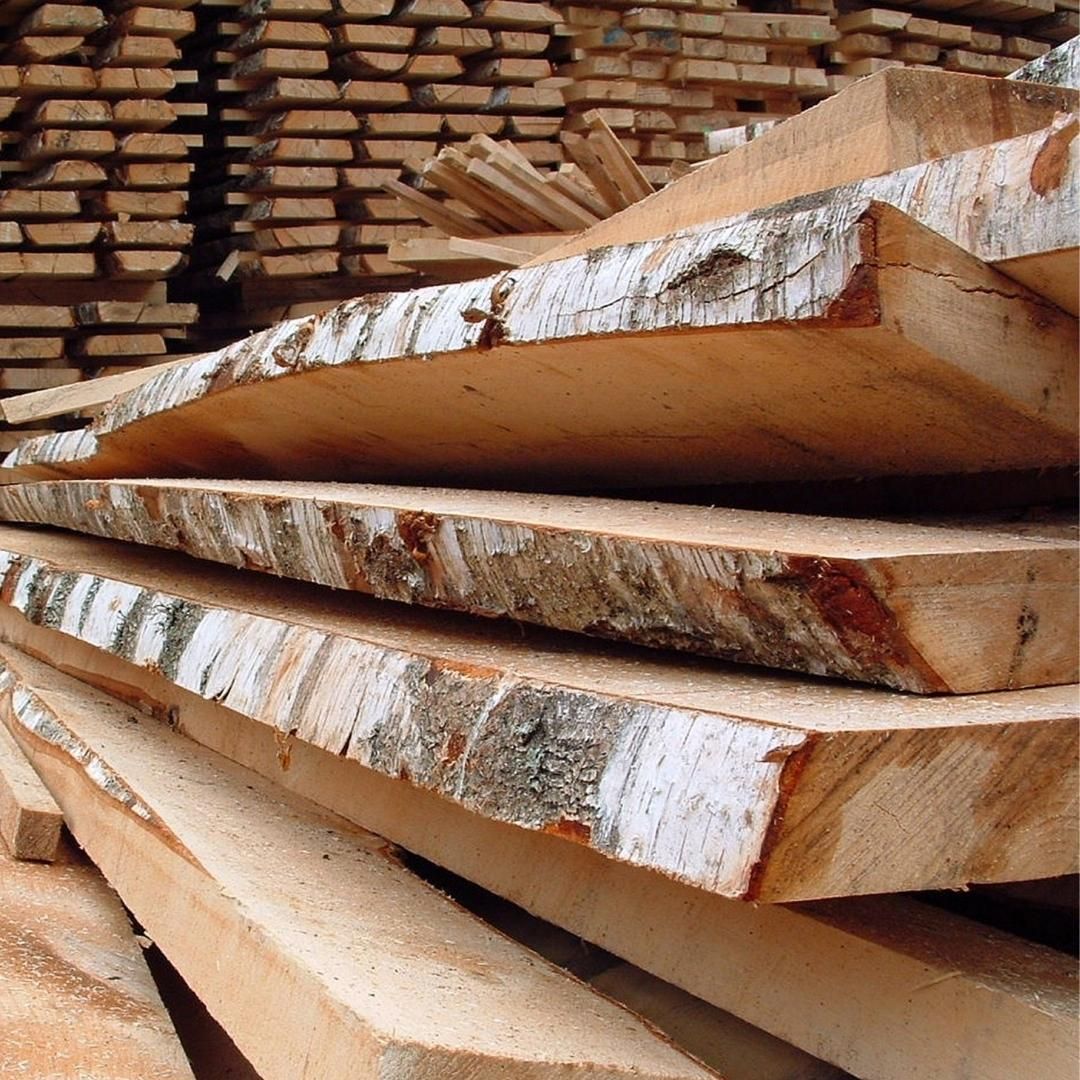
Types of Lumber
There are four main types of lumber: hardwood, softwood, engineered wood, and composite. Hardwoods, like oak and maple, are typically used for furniture or flooring because of their durability. Softwoods, such as pine and cedar, are often used in construction because they're easy to work with. Engineered wood is a man-made lumber product that's created by combining wood fibers with adhesives. Composite lumber is made from recycled plastic and wood fibers, making it an eco-friendly option for your next project.
So when you're planning for any project, you want to consider what type of lumber would work best. If you're unsure, our team at Armstrong Lumber can help you figure out which lumber is right for the job!
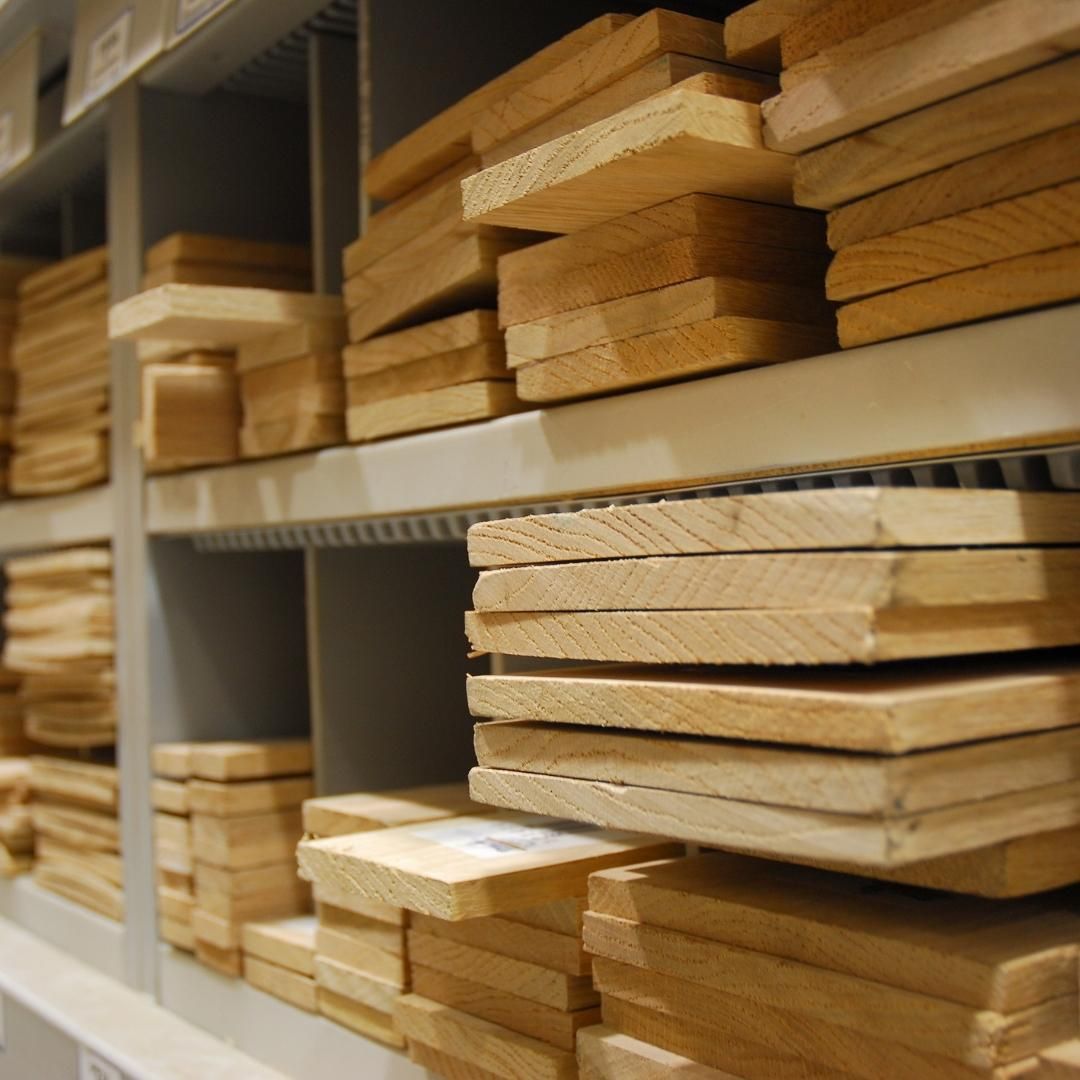
Lumber Grades
When you're shopping for lumber, you'll notice that it's typically categorized by grade. The grade of lumber is determined by its strength, appearance, and knot size. The highest quality lumber is classified as First and Second Grade, while Third and Fourth Grade lumber is lower quality and typically used for construction purposes.
The type of grade you need depends on the project you're working on. For example, if you're building a new deck you'll want to use lumber that's classified as First or Second Grade so it will last longer and look nicer. However, if you're just doing some repairs around the house, Third or Fourth Grade lumber will get the job done just fine.
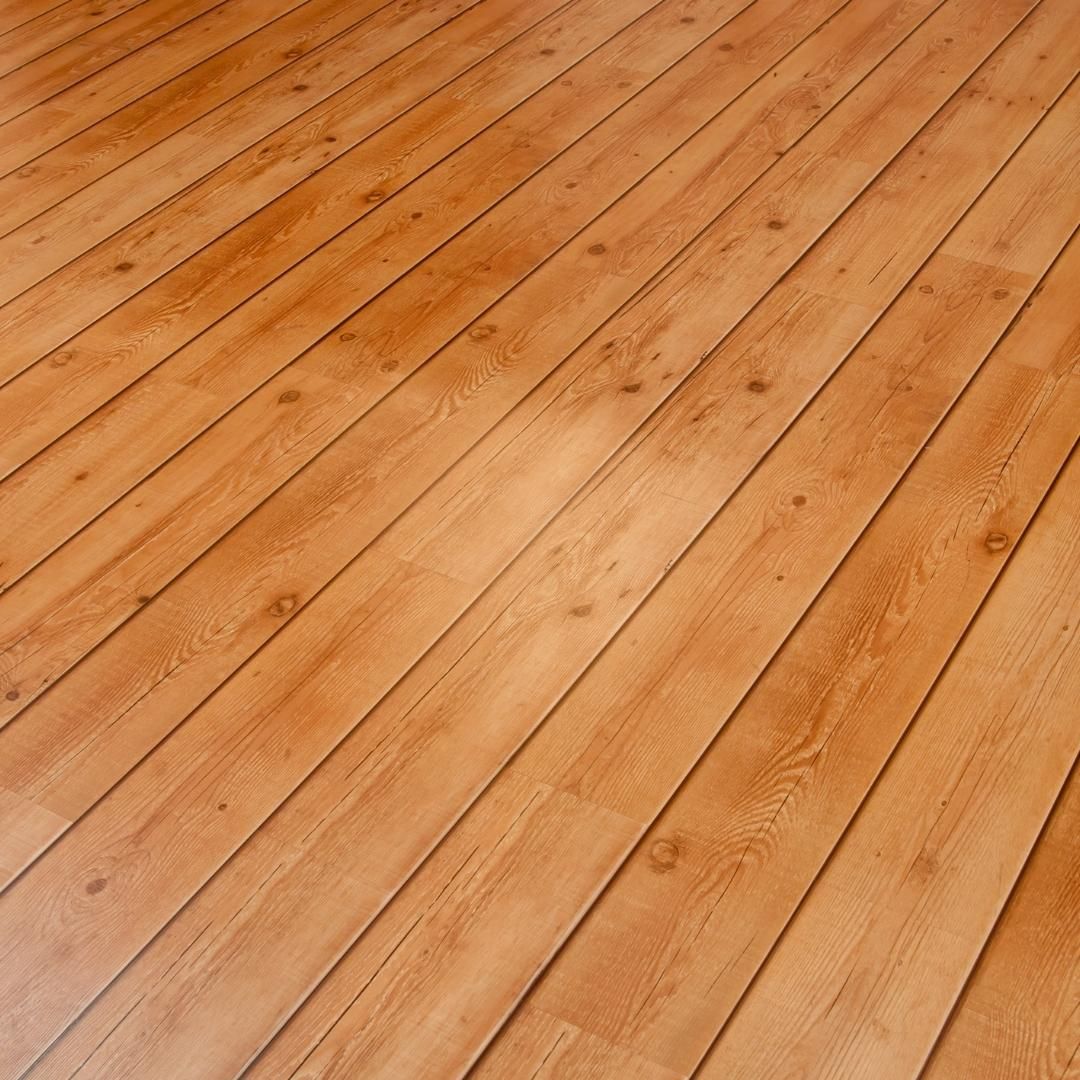
Hardwoods Versus Softwoods
As we mentioned before, lumber is typically classified as either hardwood or softwood. Hardwoods, like oak and maple, are typically more expensive but they're also more durable. Softwoods, such as pine and cedar, are often used in construction because they're easy to work with.
The type of lumber you need will depend on the project you're working on. If you need something that's going to last longer, go with hardwoods. Hardwoods are also a good choice if you're looking for lumber that's less likely to warp or dent — or offers a more polished look. However, if you're working on a budget or need lumber for something that's not going to get a lot of wear and tear or is easy to cut or nail, softwoods are a good option.
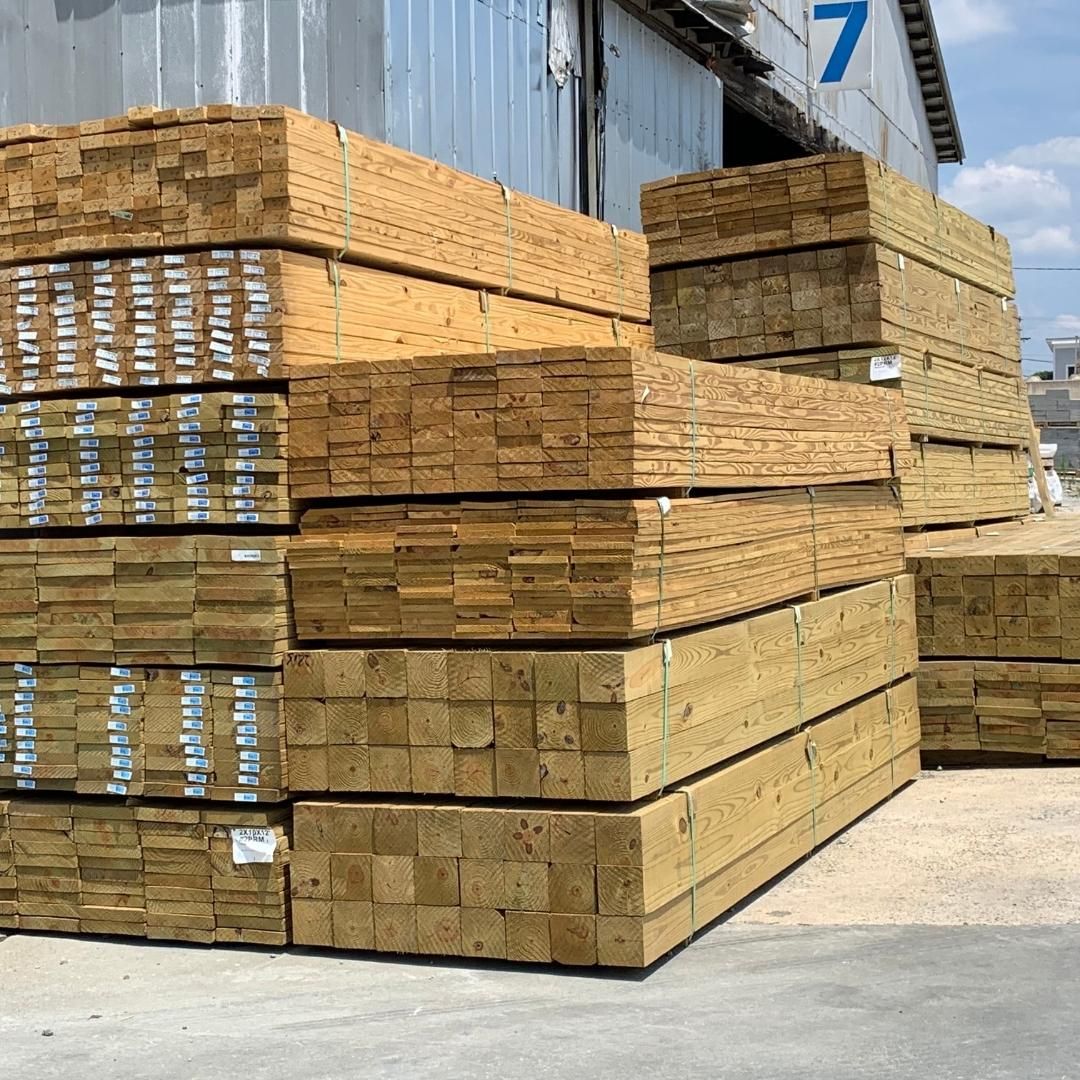
Treated Lumber
If you're working on an outdoor project, you may need to purchase treated lumber. This lumber has been pressure-treated with chemicals to resist rot and decay, making it a great option for decks, fences, and other outdoor structures. There are a lot of reasons builders opt for treated lumber:
More durable than untreated lumber
Resists rot and decay
Easy to work with
Great for outdoor projects
If you're not sure if treated lumber is right for your project, our team at Armstrong Lumber can help you figure out what type of lumber is best for the job.

How Much Lumber You'll Need
Before you purchase lumber, it's important to calculate how much you'll need for your project. This will help you avoid overspending or ending up with not enough to finish the job.. To calculate the amount of lumber you need, simply measure the length and width of the area you're working on and multiply those numbers by the desired lumber thickness.
Then, take some time to research common sizes of lumber to know what you'll need for your project. That way, when you get to the lumberyard, you won't have to spend time measuring out lumber for your project!

Lumber Prices
There's nothing worse than getting partway through a project only to be over budget! That's where a little research into lumber prices can save you a lot of time and money.
The price of lumber can vary depending on the type of lumber, the grade, and the current market conditions. Over the past few years, we've seen a large spike in both prices and demand, leading to lumber shortages in some areas of the country.
To get the best lumber prices, it's important to shop around and compare prices at different lumber distributors. Just keep in mind that a lumberyard, like Armstrong Lumber, will provide you with the best lumber prices, as opposed to a big box store. That's because big box stores typically mark up their lumber prices to make a profit, while lumberyards like Armstrong sell lumber at a lower price point because we're the direct supplier.
When you're planning your next project, keep these things in mind and visit Armstrong lumber for all your lumber needs! We have a wide selection of lumber and building materials to choose from. Our team can also help you select the right lumber for your project and provide you with an estimate of how much your lumber will cost.

What You Should Have Ready Before Heading Out to the Lumberyard
When you're ready to tackle that home improvement project, the lumberyard is probably your first stop. be your first stop. But before you head out, there are a few things you should have ready:
Your budget
A list of lumber and building materials you need
The dimensions of the area you're working on or the project you're building
An idea of how much lumber you'll need and what type
A list of other building materials you're going to need
If you have all of this information ready, our team at Armstrong lumber can help you find everything you need to get started on your next project!
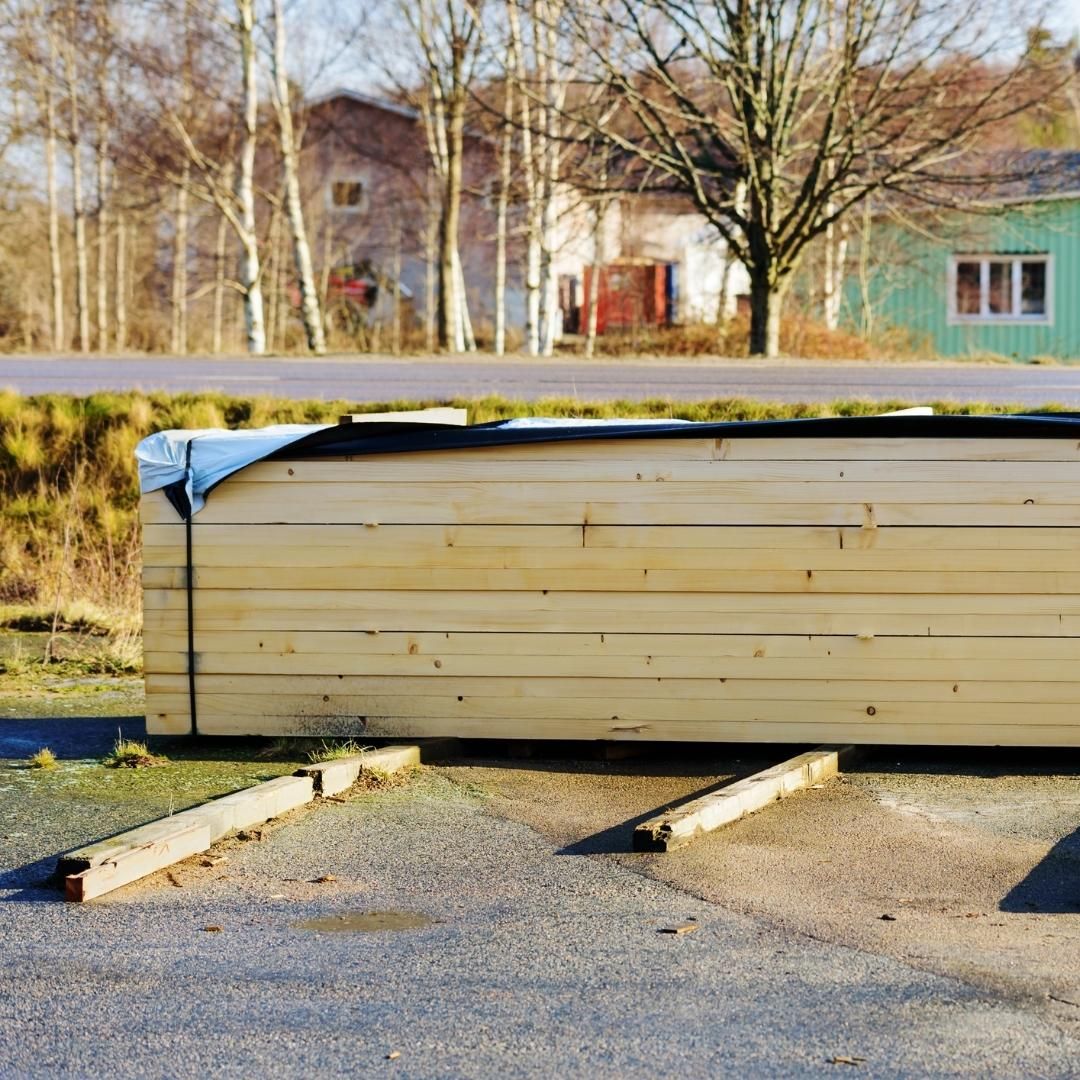
How To Store Your Lumber Before Starting Your Project
Once you've purchased your lumber, it's important to store it properly before starting your project. That's because lumber that is stored improperly can start to warp, crack, or rot.
Lumber should be stored off the ground on a level surface to prevent it from warping or rotting. You can use lumber cradles or sawhorses to prop up your lumber and keep it in good condition until you're ready to use it. Then, when you're ready to get started, you can ensure that all of your lumber looks as good as the day you brought it home!
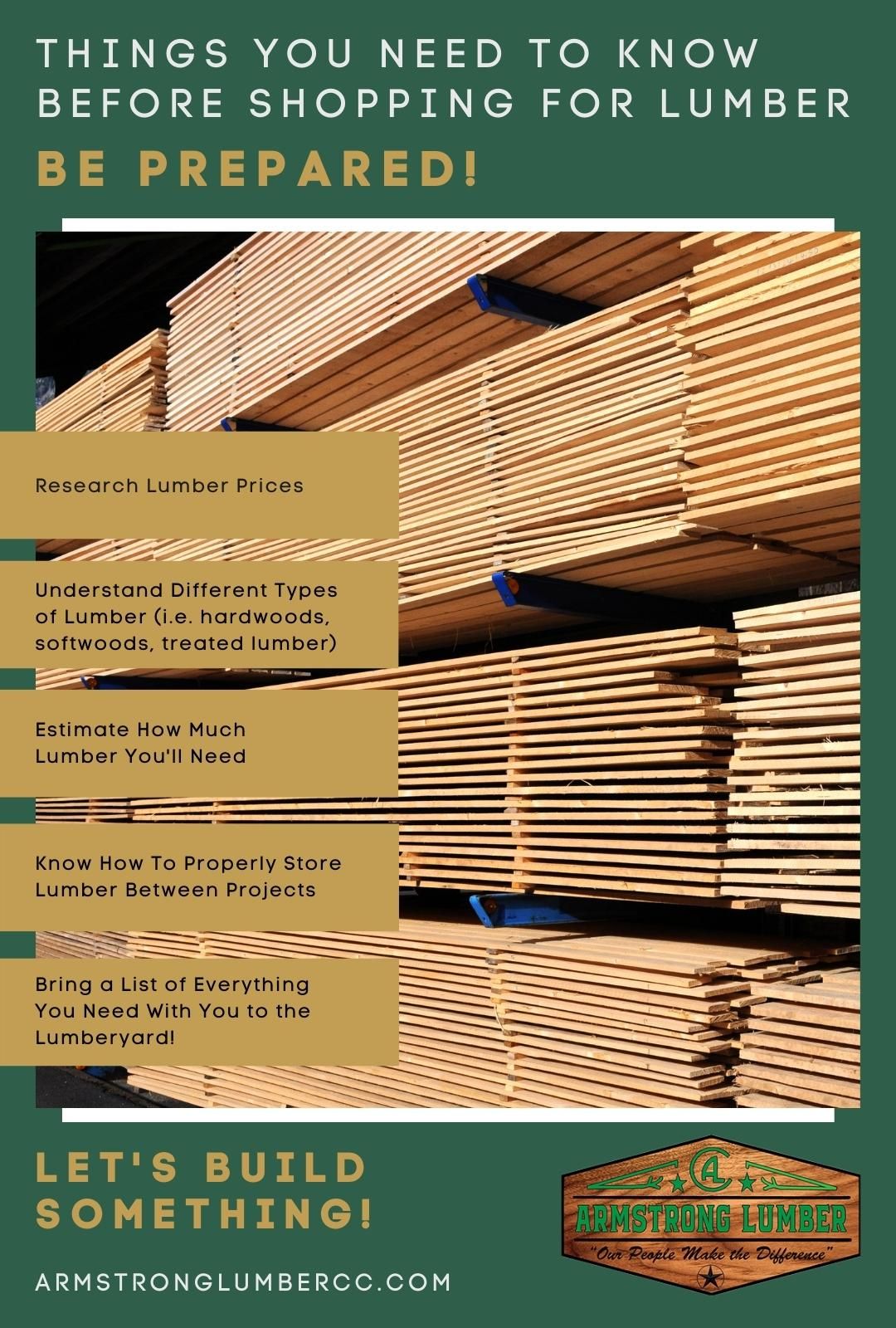
Shop for Building Materials Today!
Purchasing lumber can be a daunting task, but it doesn't have to be! With a little bit of planning, you can head to your local lumberyard prepared!
Be sure to visit Armstrong Lumber in Corpus Christi for all of your lumber needs. We have a wide selection of lumber and building materials at competitive prices, and our knowledgeable staff is always happy to help. Stop by today and get started on your next project!
